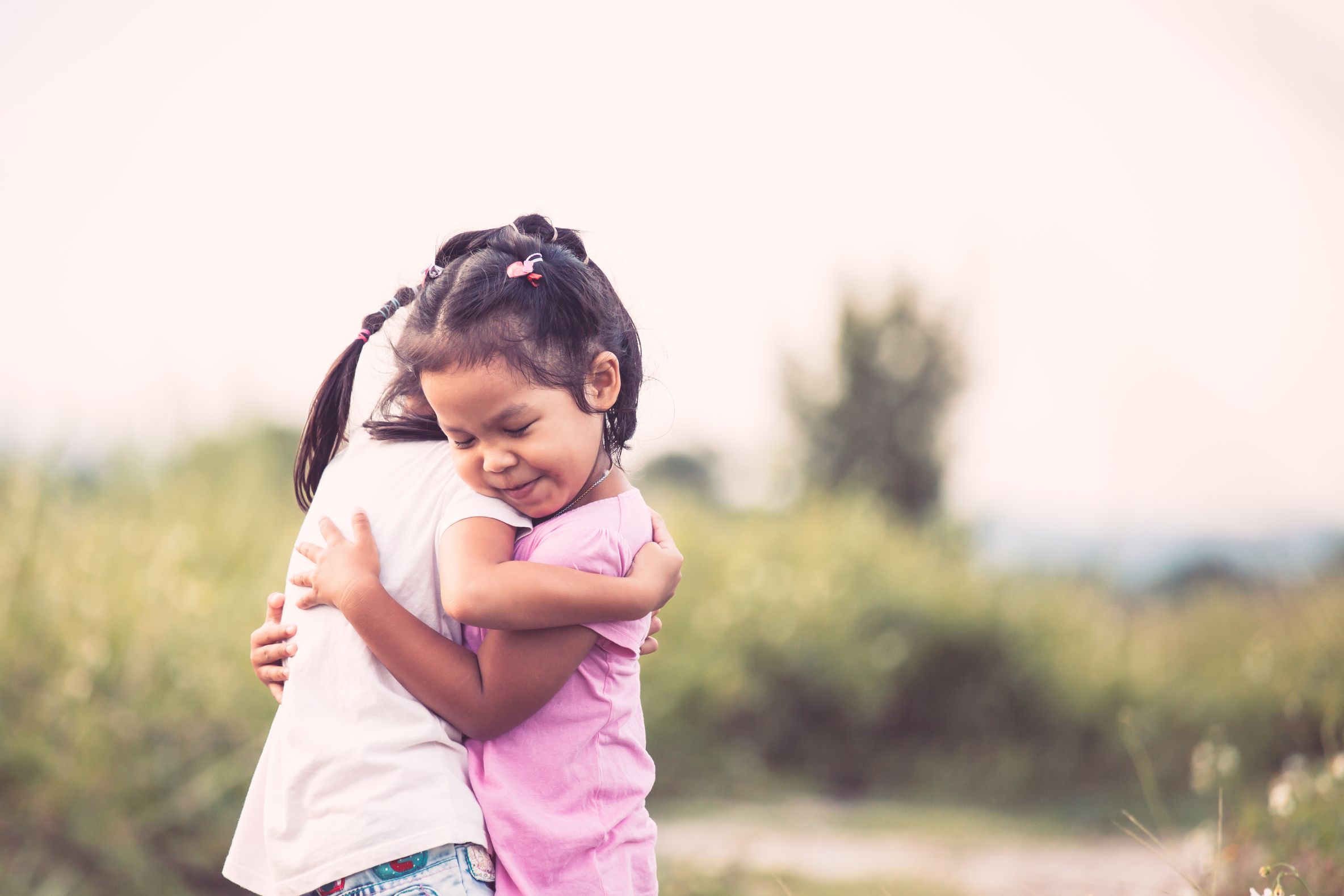
13 Jul Promoting Peace In & Out of the Classroom
Establishing lasting peace is the work of education. ﹣ Maria Montessori
If you’ve ever set foot in a Montessori classroom, you may have noticed how relaxed and at peace many of the children seemed to be. Peace is a fundamental principle in Montessori education; and as Montessori educators, our job is to facilitate a level of independence where children learn, interact, and find peace with others and within themselves.
Peaceful homes and classrooms are made possible when children learn to minimize conflict and be self-aware, compassionate, and respectful. Promoting peace has its challenges, but as an ongoing life lesson, peace can pave the way for a rich and enlightened education and future.
How do we find balance and maintain peace in the home and school environments? Whether you’re a Montessori educator or a parent, here’s how you can promote peace in and out of the classroom.
Talk About Peace
Creating peace always begins with an open dialogue.
Parents and teachers should first get an idea of where a child stands on the subject of peace. Ask your children or students, “What does Peace mean to you?” Encourage them to talk about peace with other students or their siblings. Ask them to draw pictures of what peace looks like, or to write down their thoughts and hopes around the concept.
A child’s idea of peace is often based on their own experiences with conflict. It’s also based on what they know about conflict and peace on a societal scale. Conflict will always exist, but the Montessori approach mitigates conflict by teaching children how to recognize it and deal with it in a compassionate and constructive manner.
Understand the Role of Conflict
Ask children to share about recent conflict that has occurred in their personal life or in our world today. How did they as an individual respond? Or, how did others respond to conflict, and what are the child’s thoughts on that response?
While we as educators and parents so often want to protect our children from the harsh realities of our world, it’s important to continually talk about peace nonetheless. By creating an open dialogue, children will develop a healthy coping mechanism for dealing with conflict in their personal lives.
Teach Peace & Conflict Resolution
Conflict can happen at home or in the classroom in the form of squabbles, disagreements, tantrums, and so on. While conflict may create temporary discomfort and disharmony, these situations pose great opportunities to teach children conflict resolution skills.
Rather than discipling children who are “disturbing the peace”, show them different ways to resolve the conflict. For example, if a fight erupts over a toy, redirect the children to practice self-control, ask for permission to play, and take turns. Or, in the situation of a temper tantrum, direct the other children to listen and comfort the upset child.
Celebrate Diversity
Conflict resolution is a major part of promoting peace, but so is embracing diversity. Activities that celebrate diversity are not only fun but helpful in teaching children how to accept other walks of life and worlds beyond their own.
Every April at Sugar Mill Montessori, for example, our school hosts a Multicultural Night, where we celebrate the different cultures of our students and families. This event is popular among our families.
Each classroom decorates and highlights a different continent, preparing games and crafts that come from that particular continent. Parents contribute to the event’s multicultural potluck by bringing food from their native countries. Everyone walks around, plays games, makes crafts, eats, and gets their “passports” stamped all in a big celebration of each other’s diverse backgrounds.
Lessons In Grace & Courtesy
The principles of Grace and Courtesy are cornerstones to Montessori education and are pertinent to promoting peace in the classroom. From learning to raise their hands and waiting for others to finish speaking to greeting newcomers and classmates, students develop self-awareness and independence as they learn how to be courteous.
Lessons in Grace and Courtesy naturally take place in the Montessori classroom every day. But educators should give formal lessons in Grace and Courtesy as part of their curriculum.
Grace and Courtesy lessons usually involve roleplaying activities where children learn to take care of their surrounding environment. Teachers can spearhead “skits” or set up scenarios where children are tasked to help their classmates, respect objects in the classroom, or clean the play areas, for example.
Parents can also take advantage of situations where children can practice being respectful and compassionate to their siblings, pets, or other family members.
Model Peace & Graciousness
Teachers can certainly carve out time to give official lessons in manners and respect. But as the Montessori belief goes, children learn to be courteous and respectful by modeling after others.
One of the best ways parents and educators can teach Grace and Courtesy is to embody these principles every day in all of their actions. When a child is in mid tantrum or intentionally acts out, parents and teachers can ease the child’s tension by staying calm and collected.
Remember: The best way to promote peace starts with how you practice it in your daily life. If you can be a good role model for peace, children will follow suit.
For more ideas on how to promote peace in and out of the classroom, read our blog and stay tuned to all the latest activities happening at Sugar Mill Montessori.



Sorry, the comment form is closed at this time.